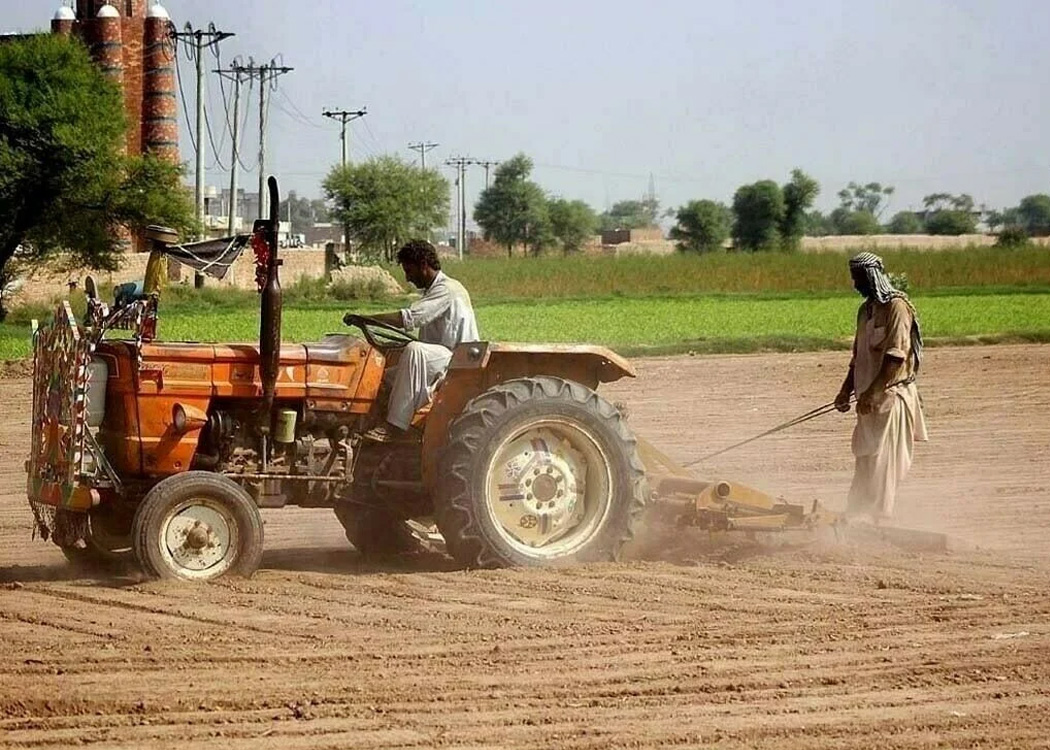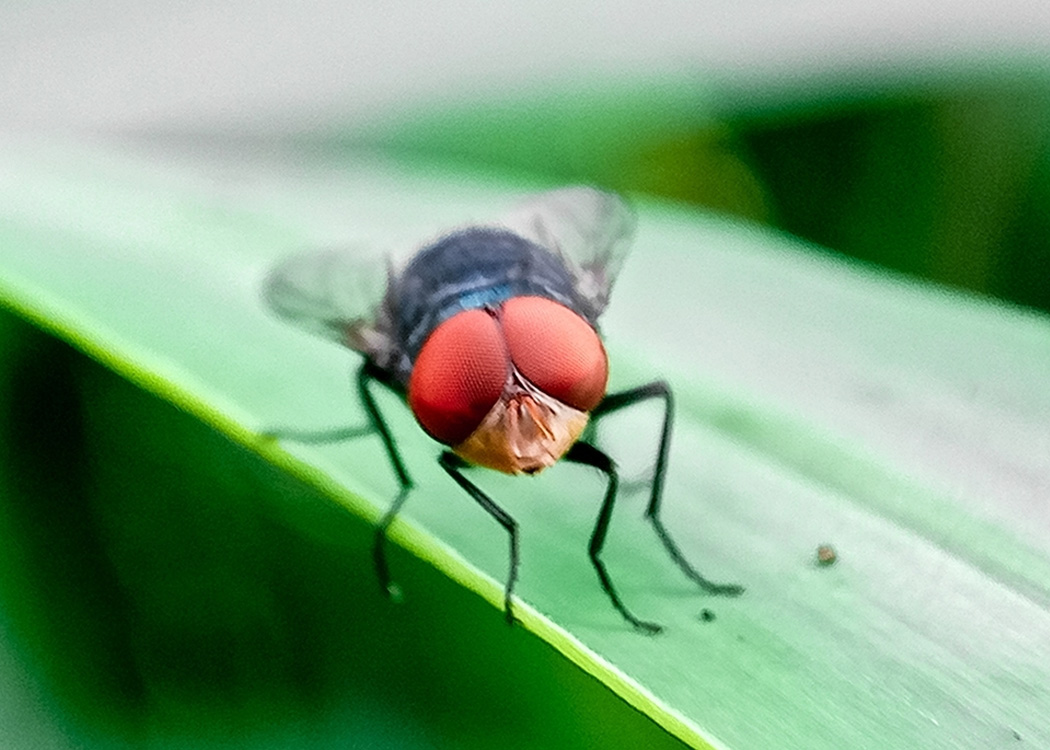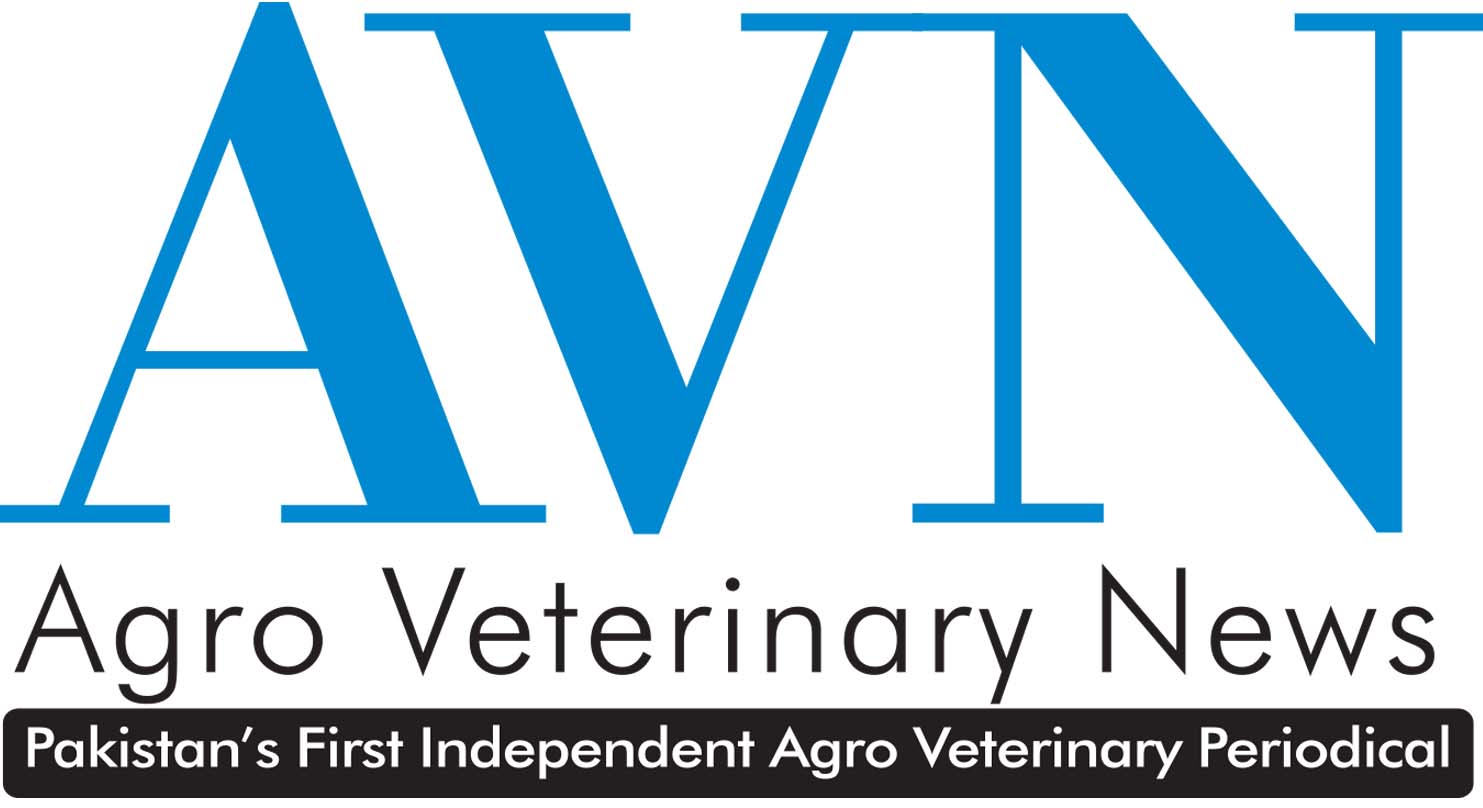The Pakistan Budget 2025–26 presents a complex outlook for the country’s agriculture sector—offering financial relief in some areas while creating new pressure points in others. As agriculture remains the backbone of the economy—employing nearly 40% of the workforce and contributing about 20% to the GDP—this year’s budget is being closely watched by farmers, agribusinesses, and investors alike.
On the positive side, the government has significantly increased subsidies for wheat and fertilizers, announced new crop and livestock insurance schemes, and allocated substantial funds for climate adaptation and mechanization. However, critical areas like agricultural research, loan subsidies, and irrigation support have seen deep cuts—posing serious challenges to long-term productivity and innovation.
📈 Wheat, fertilizer, and mechanization get a funding boost
To stabilize food prices and ensure farmer profitability, the government has raised key subsidies:
- PASSCO wheat reserve stock: Increased from Rs. 8,000 million to Rs. 14,000 million
- Wheat cost differential subsidy: Increased from Rs. 4,000 million to Rs. 6,000 million
- Imported urea fertilizer subsidy: Up from Rs. 10,000 million to Rs. 15,000 million
- Farm mechanization mark-up and risk-sharing subsidy: Newly set at Rs. 7,000 million
These measures aim to reduce input costs and encourage the adoption of modern farming technologies—especially during peak cultivation seasons for wheat, maize, and cotton.
🧪 Research, loan support, and irrigation suffer major cuts
Despite the positive headlines, the budget withdraws several vital forms of support:
- Mark-up subsidy for agricultural loans via ZTBL: Completely removed (last year Rs. 1,086 million)
- Public Sector Development Programme (PSDP) for agricultural research: Slashed from Rs. 23,928 million to Rs. 4,254 million — a cut of over 82%
- Tariff differential subsidy on agricultural tube wells: Reduced from Rs. 9,500 million to Rs. 4,000 million
- Solar tube well subsidy in Balochistan: Completely discontinued (last year Rs. 1,000 million)
Experts warn that these cuts may discourage innovation, raise irrigation costs, and limit access to affordable credit, particularly for small and medium-scale farmers already struggling with climate and market risks.
📊 At a glance: Budget comparison table for agriculture
| Item | 2024–25 (Rs. Million) | 2025–26 (Rs. Million) | % Change |
| PASSCO wheat reserve stock | 8,000 | 14,000 | +75% |
| Wheat differential subsidy | 4,000 | 6,000 | +50% |
| Fertilizer (urea) subsidy | 10,000 | 15,000 | +50% |
| ZTBL loan mark-up subsidy | 1,086 | 0 | -100% |
| Mechanization subsidy | – | 7,000 | New |
| Agri research (PSDP) | 23,928 | 4,254 | -82.2% |
| Solar tube wells (Balochistan) | 1,000 | 0 | -100% |
| Tube well tariff subsidy | 9,500 | 4,000 | -57.9% |
| Crop insurance | – | 1,000 | New |
| Livestock insurance | – | 700 | New |
🌾 Climate funding rises, but gaps remain in long-term strategy
Climate-smart agriculture receives a major funding push, with overall climate adaptation spending set at Rs. 85,435 million, including Rs. 22,000 million earmarked for agriculture. This may support initiatives like drought-resistant seed development, modern irrigation systems, and efficient water use—crucial for adapting to Pakistan’s increasingly erratic climate.
🐄 Insurance schemes for crops and livestock introduced
To protect farmers from crop failure, livestock loss, or price volatility, the government has introduced new insurance allocations:
- Crop insurance scheme: Rs. 1,000 million
- Livestock insurance scheme: Rs. 700 million
These will help farmers manage risks and reinvest in their farms with greater confidence.
💬 Farmers welcome subsidies but worry about future
While subsidies on inputs and new insurance schemes offer some short-term relief, the removal of loan support, reduction in R&D, and shrinking irrigation assistance raise serious questions about the sector’s long-term sustainability.
In particular, farmers in Balochistan—already facing severe water shortages—are likely to struggle with higher irrigation costs due to the removal of tube well solarization subsidies.
Experts argue that consistent public investment in research, innovation, and equitable financing is critical to helping Pakistan’s agriculture compete in a changing climate and global market.
🧠 Final word
The Pakistan Budget 2025–26 is a mixed bag for agriculture: it brings hope through subsidies and climate funding, but also highlights vulnerabilities from reduced investment in research and affordable finance.
To truly empower the farming community, a balanced and inclusive policy approach is needed—one that not only supports crop yields today but builds resilience and innovation for the future.





